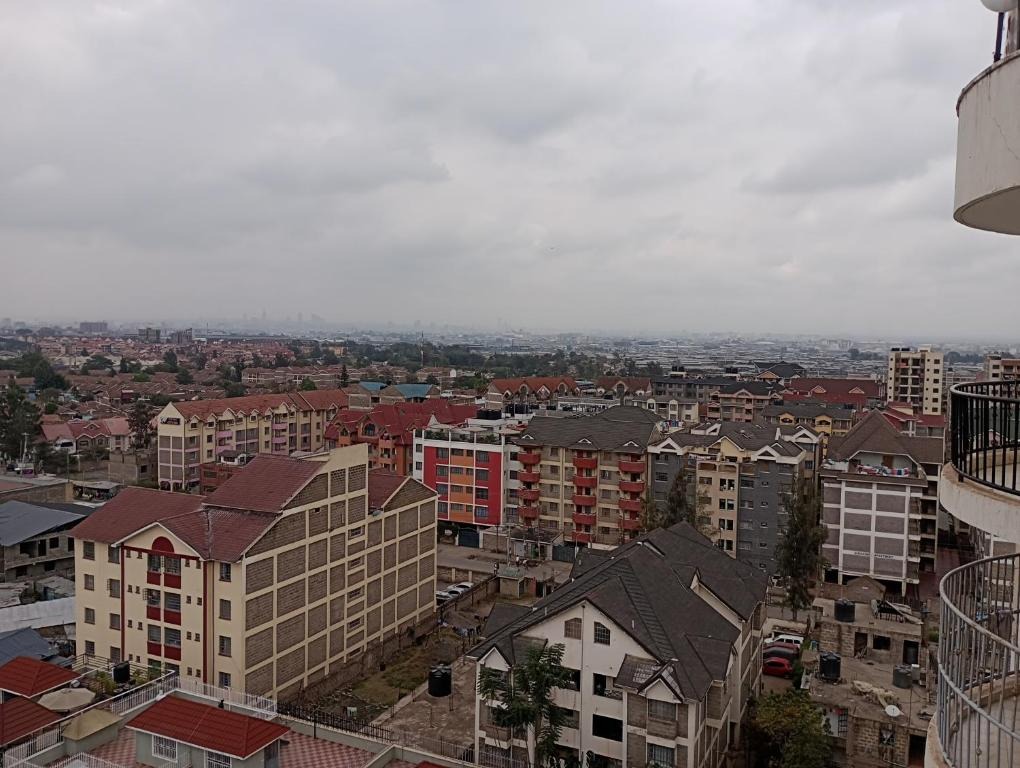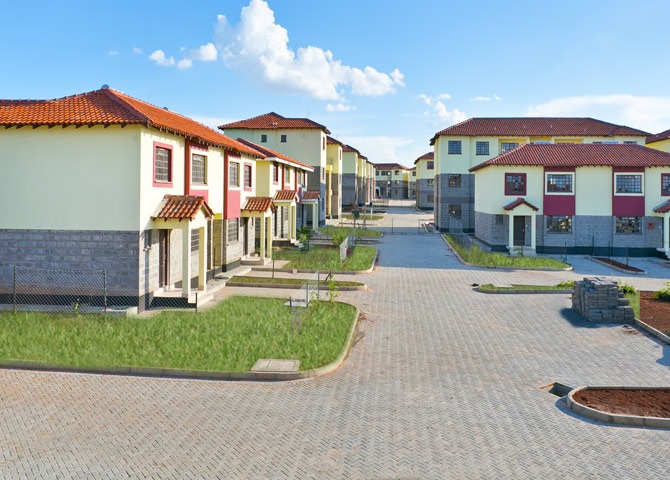In the quest for sustainable development and equitable access to housing, community land trusts (CLTs) have emerged as a transformative solution. These non-profit, community-led organizations offer an innovative approach to land stewardship and affordable housing, ensuring that land remains affordable and accessible for generations. In Kenya, where urbanization and housing demand are rising rapidly, CLTs hold significant promise for promoting affordable homeownership and fostering community development.
Understanding Community Land Trusts

Community land trusts operate on a simple yet powerful principle: separating the ownership of land from the ownership of buildings. By retaining ownership of the land, CLTs can control the cost of housing and ensure long-term affordability. Homeowners own the buildings on the land and lease the land from the CLT, often through renewable, long-term leases. This model prevents speculative increases in land prices and keeps homes affordable.
In Kenya, the concept of CLTs is gaining traction as a viable solution to the housing crisis. With rapid urbanization and the influx of people into cities like Nairobi, the demand for affordable housing has skyrocketed. Traditional housing models have struggled to meet this demand, often leading to the proliferation of informal settlements. CLTs offer a structured and sustainable alternative.
Promoting Affordable Homeownership

One of the primary benefits of CLTs is their ability to promote affordable homeownership. By removing land costs from the equation, CLTs can significantly reduce the overall cost of housing. This makes it possible for low- and moderate-income families to afford homes that would otherwise be out of reach.
In Kenya, where the affordability gap is a major barrier to homeownership, CLTs can bridge this gap effectively. For instance, the Muungano wa Wanavijiji, a federation of slum dwellers in Kenya, has been exploring the use of CLTs to provide secure and affordable housing for its members. By leveraging community resources and focusing on collective ownership, such initiatives can create stable and affordable housing options for vulnerable populations.
Fostering Community Development

Beyond affordability, CLTs play a crucial role in fostering community development. By keeping land in community ownership, CLTs empower local residents to have a say in how their neighborhoods are developed. This participatory approach ensures that development aligns with the community’s needs and aspirations, rather than being driven solely by market forces.
This community-centric approach is particularly relevant. Many urban areas suffer from inadequate infrastructure and services, which often lag behind rapid population growth. CLTs can facilitate the development of essential services like schools, healthcare facilities, and public spaces, enhancing the overall quality of life. Additionally, by promoting stable and secure housing, CLTs contribute to social cohesion and community resilience.
Preserving Land for Future Generations
A fundamental aspect of CLTs is their focus on preserving land for future generations. By maintaining ownership of the land, CLTs ensure that it remains available for community use indefinitely. This long-term perspective contrasts sharply with speculative real estate practices, where land is often bought and sold for profit, driving up prices and displacing long-time residents.
Overcoming Challenges
While the potential benefits of CLTs are significant, implementing them in Kenya is not without challenges. Issues such as land tenure security, legal frameworks, and financing need to be addressed to make CLTs a viable option. However, successful examples from other countries provide valuable lessons that can be adapted to the Kenyan context.
Partnerships between government agencies, non-governmental organizations, and community groups are crucial for overcoming these challenges. For instance, supportive policies and legal frameworks can provide the necessary recognition and protection for CLTs. Additionally, innovative financing models, such as community savings groups and impact investments, can help fund CLT projects.
Conclusion

Community land trusts represent a powerful tool for promoting affordable homeownership and fostering community development in Kenya. By separating land ownership from building ownership, CLTs ensure long-term affordability and protect communities from speculative pressures. They empower residents to have a say in local development and preserve land for future generations.
As Kenya continues to urbanize and grapple with housing challenges, CLTs offer a sustainable and inclusive approach to development. By leveraging community resources, fostering partnerships, and advocating for supportive policies, Kenya can harness the potential of CLTs to create vibrant, resilient, and equitable communities. In doing so, the country can move closer to achieving its goals of affordable housing and sustainable urban development.







